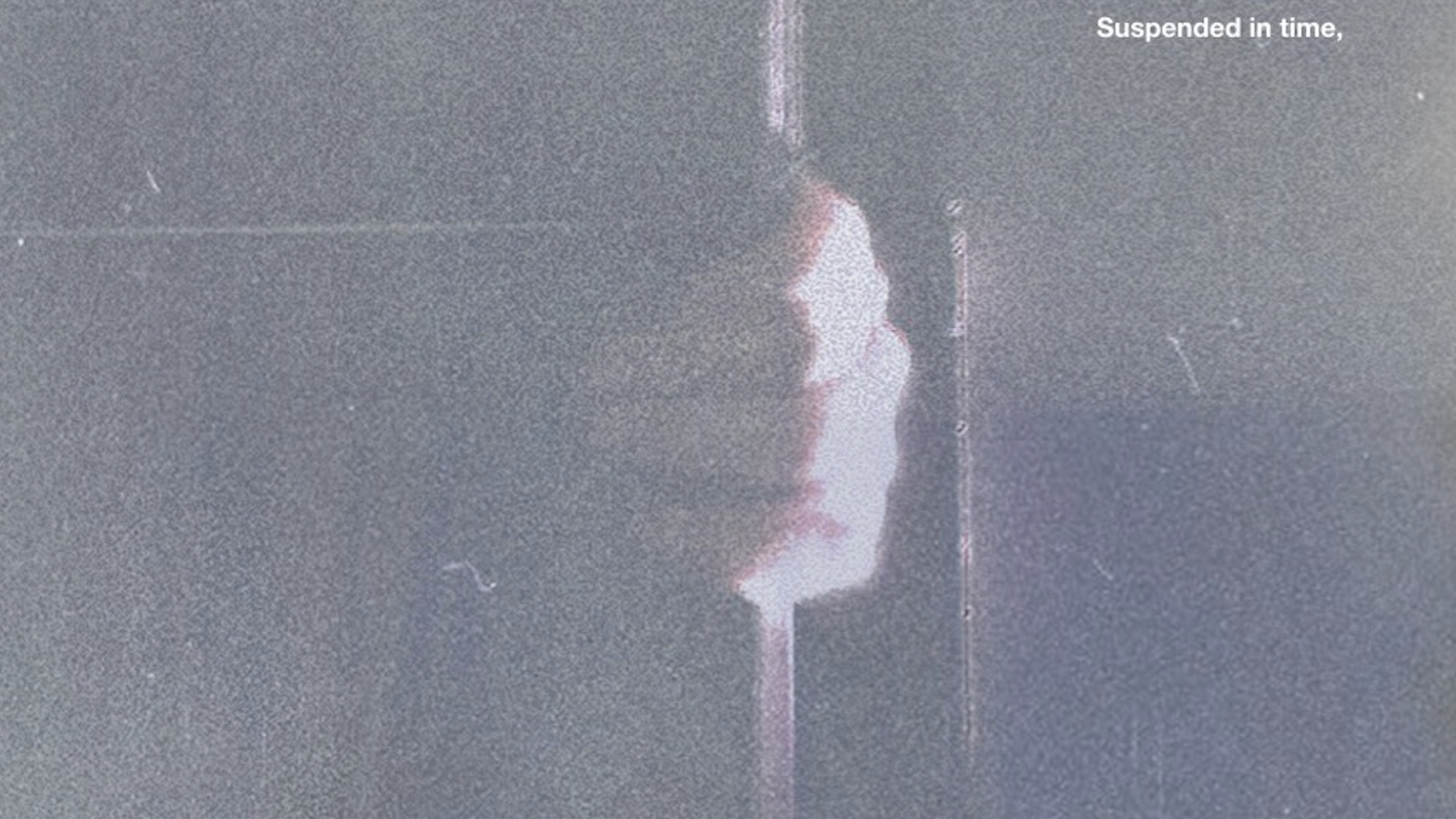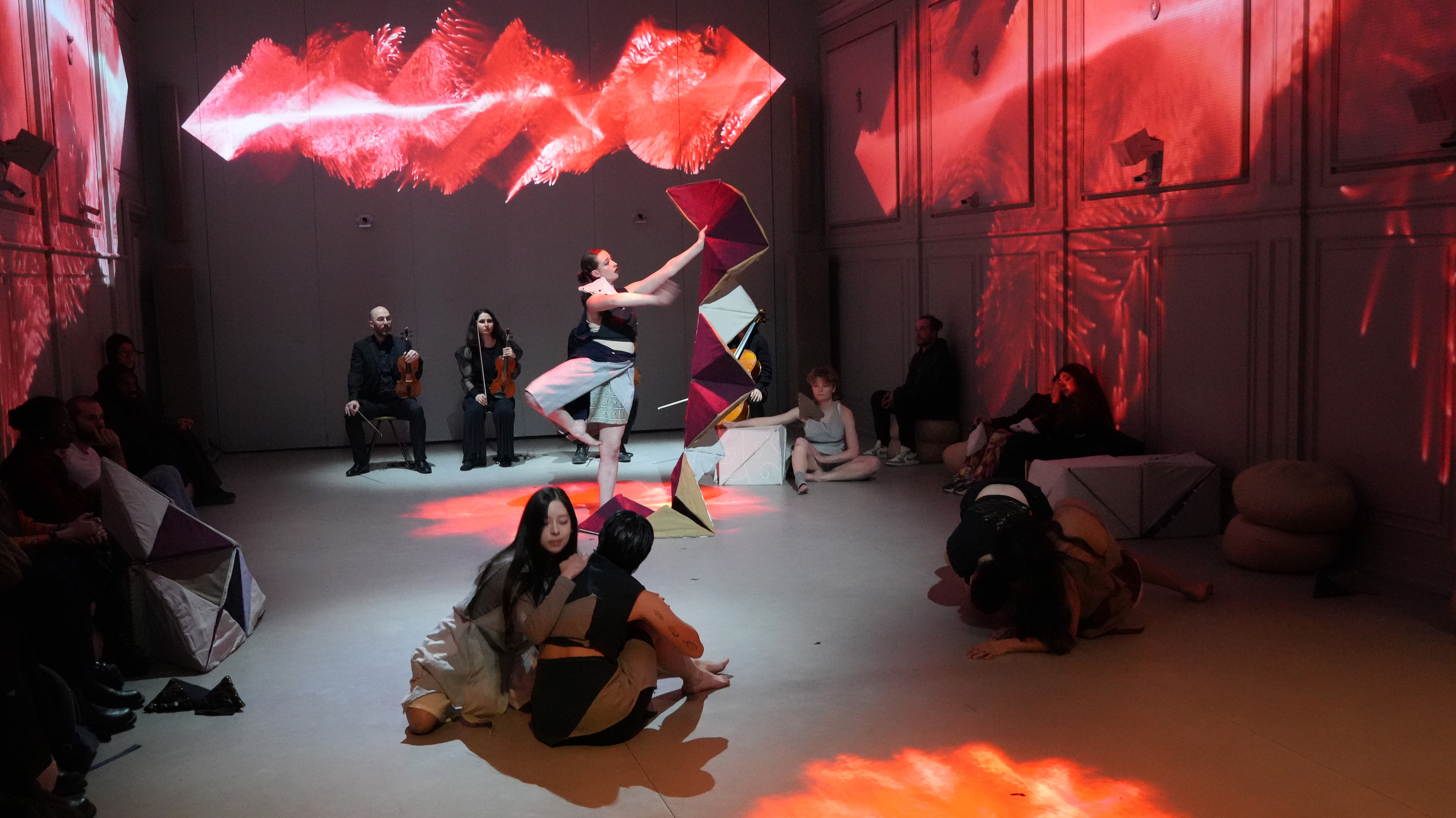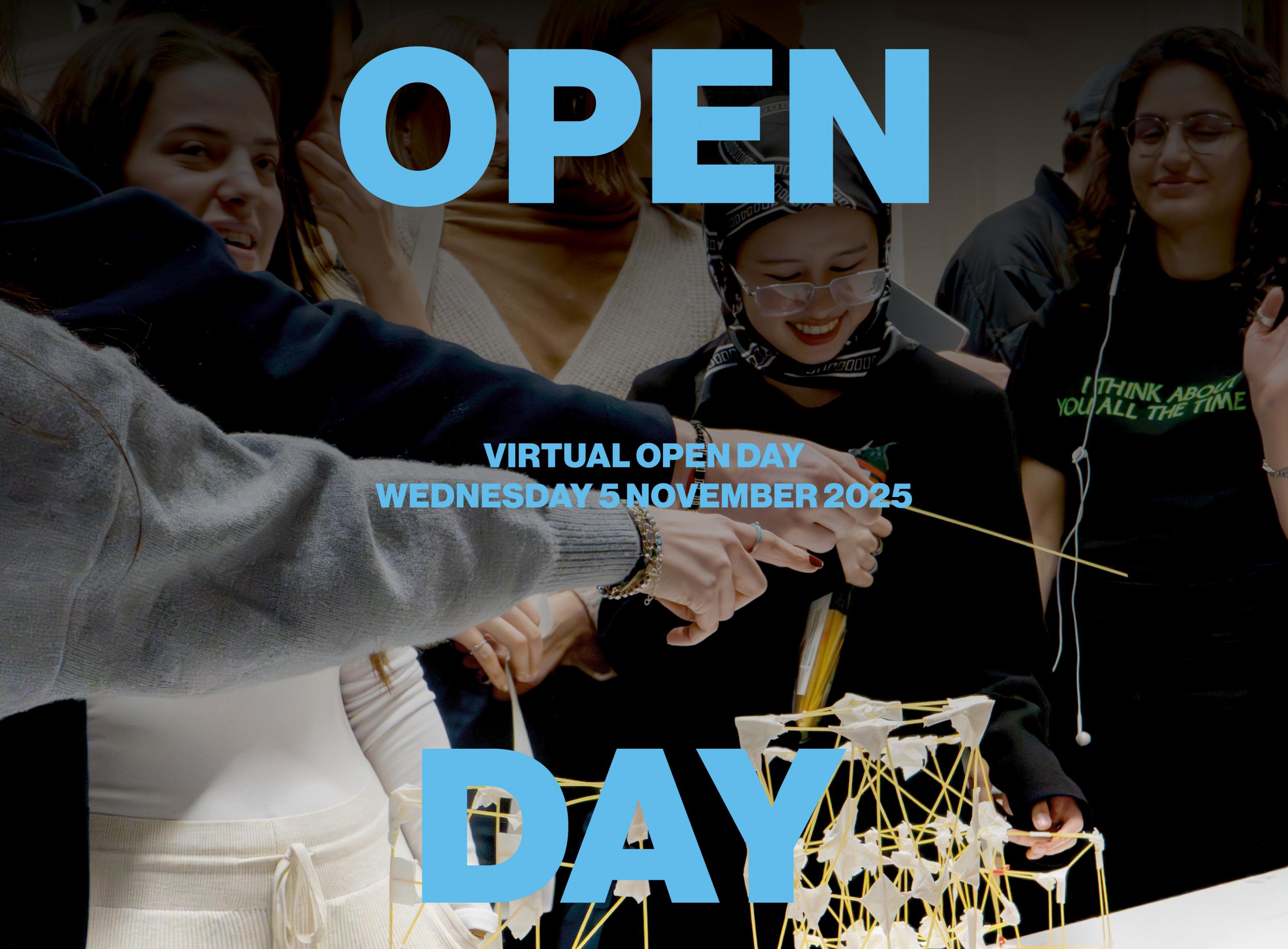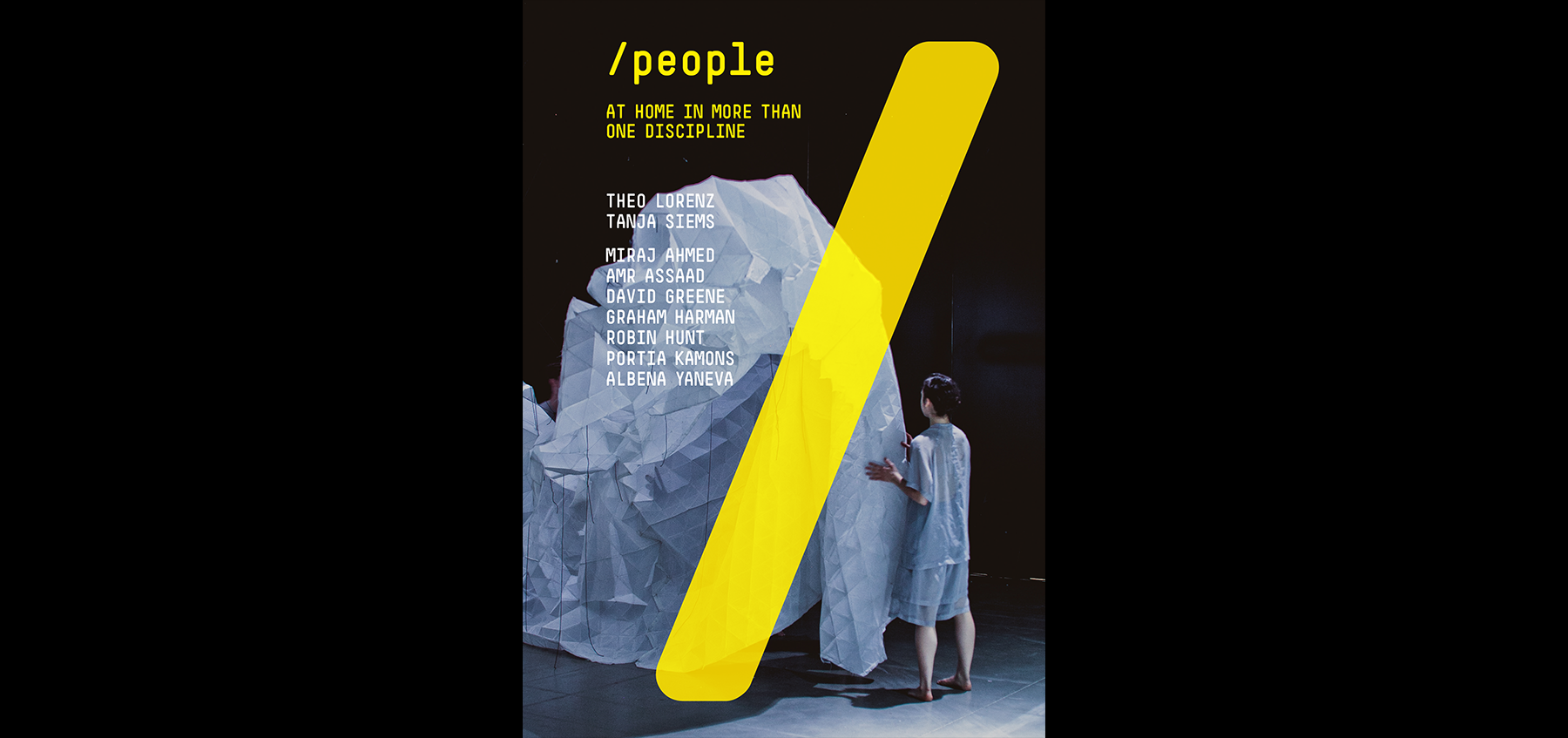
XYZ/s
Presented by
Argyris Angeli, Kyriaki Nasioula,Justyna Choli, Suh-In Park and Menglan Wu
March 21, 2016
With installations, video screenings, sound performances, discussion groups, workshops and presentations, as well as a final event, the AAIS team virtualised the real and realised the virtual, forming an intersecting space between reality and unreality, the valley of the uncanny.
The creative process was be open to visitors, who will be invited to take part and investigate questions such as ‘What is our perception of the world around us, the multiple realities we find ourselves in?’, through the use of creative media such as dance, collage, choreography and sound.
The week i n London did build up to a main event which will took place in the evenings of the 19th and 20th of March, when visitors explored and interact with the immersive atmosphere of the spaces at Watermans. The spaces were activated by dance performers, spatial installations and audio-visual compositions and challenged the expectations and preconceptions of our realities as well as our relationships with spaces and people.
For our event in Vienna the public was invited to explore a series of separate scenes. Each scene had its own environment for people to experience and through a phenomenological play of multimedia we blurred their perception, leaving the spaces open for multiple interpretations. The notions of place and existence was rendered fluid for the public to give meaning to, redefining the identity of the different spaces, themselves and their connections to each other. Spaces rather than places which are not entirely physically present but can still be sensed, cognized; spaces that is constructed before, during or after getting to a state of being. Their experience, thus, serves as a platform, a mediator to question our existential state.
The spatial configurations of each space was activated through the presence of performers and the public who animated their otherwise static, inert structural/physical elements. Performative actions of rituals or rites serve as thresholds from one world to another. The spaces become actants, living, breathing entities. They are notdefined just by their physical parameters, but the forces, flows and relationships of the humans who occupy them as well as the mental or virtual atmospheres they produce. Instead of being spectators of a reality spread out for them, our guests became active members of its creation. Their role constantly shifted from being visitors to participators who interacts with each other, the performers and the structures.
Past Events



















































































